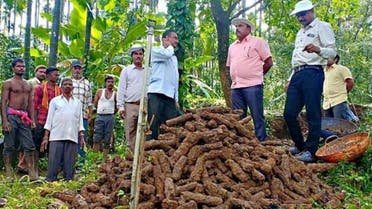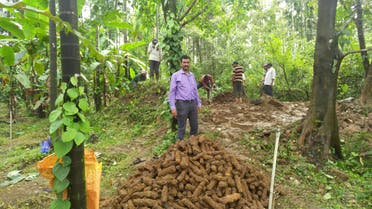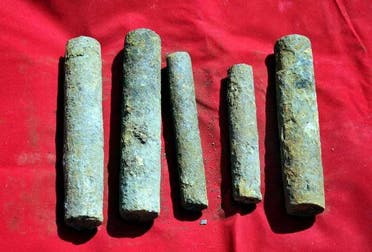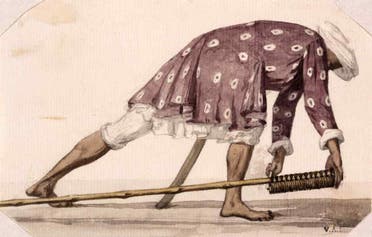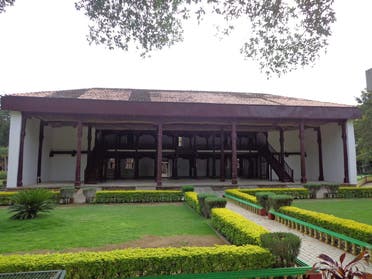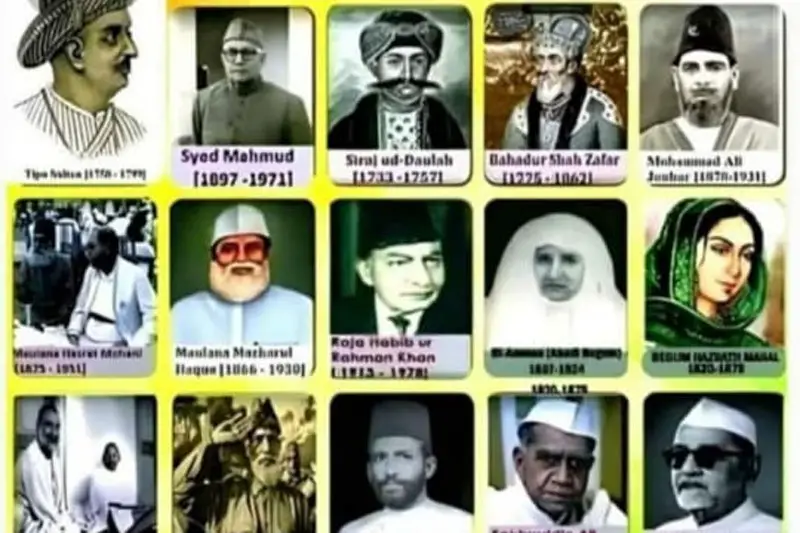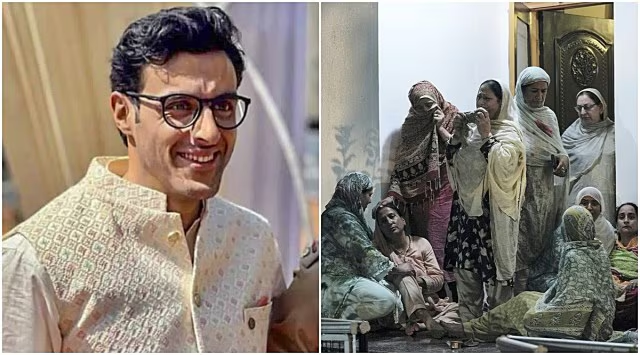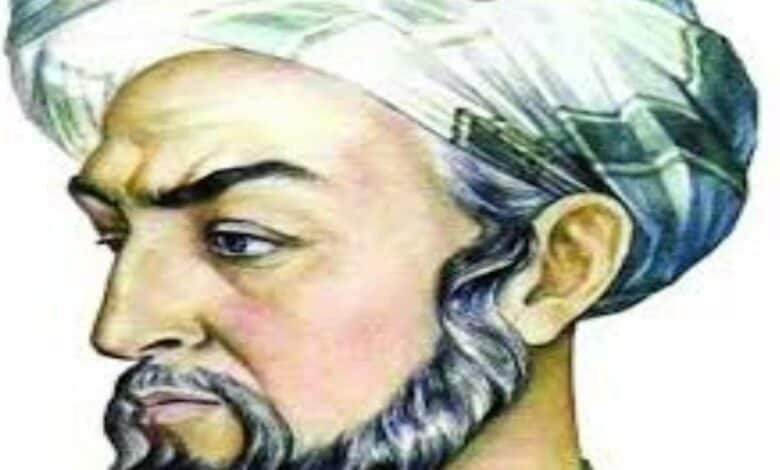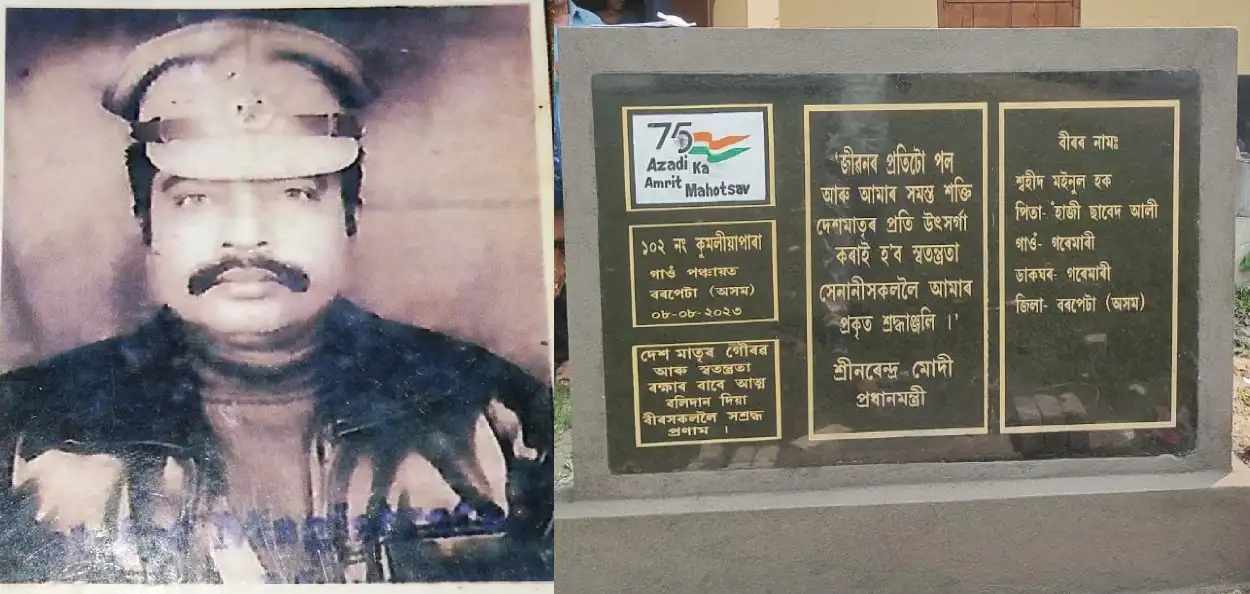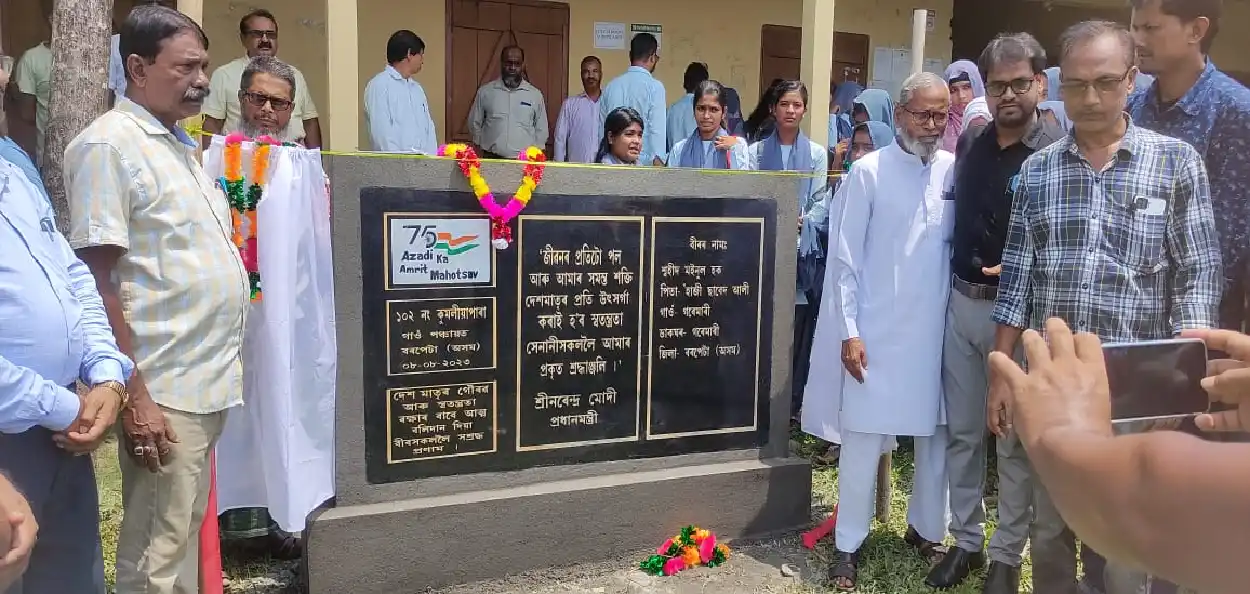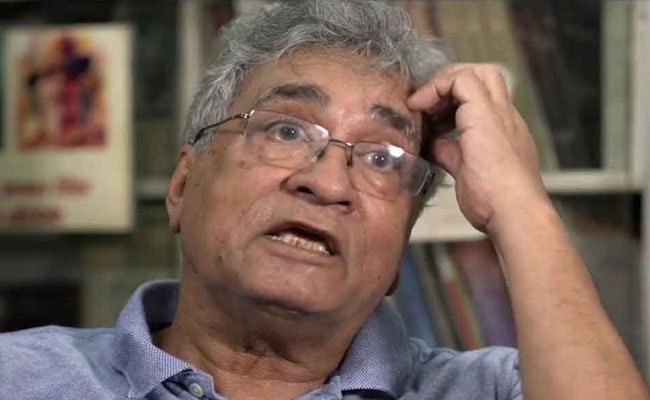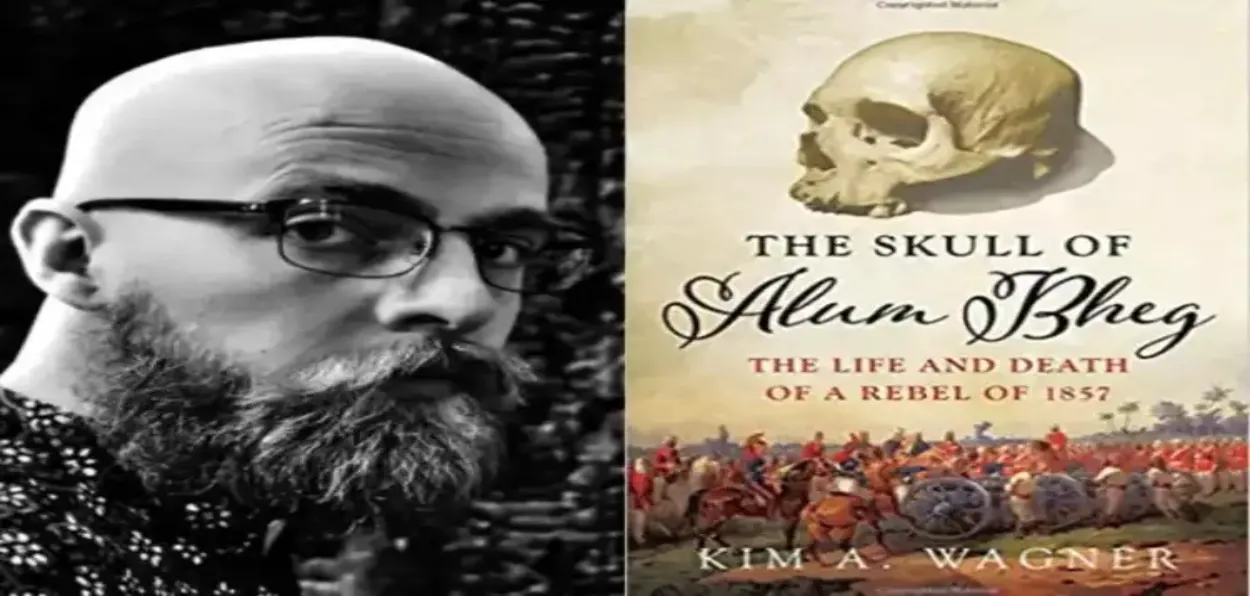INDIA:
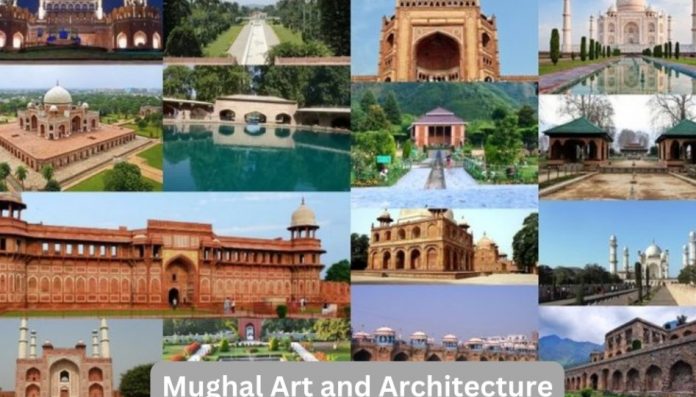
We, The Indian Muslims are proud to be citizens of this great country. We have been an architect of this land all through centuries since the days of dynastic rule. Whether it was construction of world class network of transport facilities like Grand Trunk Road linking major cities, founding new cities of highest standards for that age, huge monumental structures to attract the world, development of living standards and maintain cordial relationships between groups belonging to various religions, languages, castes and cultures, we pioneered justice and maintained the system.
With the passage of years, decades and turn of events, the foreign forces got attracted to it and slowly took over the rein of rule.
We were first to challenge and fight for country’s independence valiantly. Even our clergymen took to streets and fought, thousands laid down their lives. Colonel Balwan Singh Nagial, a third-generation Indian Army officer who retired in 2019 wrote in Times of India (April 23, 2022), thus: “Muslim leadership contributed enormously to divergent phases of the Indian struggle for independence. They (Muslims) played a larger-than-life role and made significant sacrifices in this struggle for independence.
From the last Mughal ruler Bahadur Shah Zafar to nawabs, princes, landlords of all sizes, clergy, ulema and the ordinary people, they all stood for the cause and took on enormous challenges and made supreme sacrifices.
When the INC was formed in 1885, the Muslims responded enthusiastically and supported all its efforts throughout the freedom struggle until India became free. The most enthusiastic support for the INC was from the Muslims of the conservative Ulama of Deoband. Earlier, the Ulama had participated in the 1857 uprising with heart and soul.
They made great sacrifices, and hundreds of them were sent to Andaman-Nicobar and many to Malta, an island to the south of Italy.
Muslim leaders who contributed to India’s struggle for independence were:
Khan Abdul Ghaffar Khan, Maulana Abul Kalam Azad, Maulana Muhammad Ali, Maulana Shaukat Ali, Allama Iqbal, Muhammad Barkathulla, Bi Amma (mother of Ali brothers), Badarudeen Tyabji, Hakim Ajmal Khan, Mohammad Ali Jinnah, Dr M.A. Ansari, Dr Siafudeen Kichlu, Dr Basheer Ahmad, Syed Ameer Ali, Dr Syed Muhammad, Hasrat Mohani, Nawab Abdul Latheef, Altaf Hussain Hali, Syed Ahmad Sirhindi, Syed Ahmad Bareilly, Maulana Shibli Numani, Munshi Karamat Ali, Munshi Zakaullah.
Hindus and Muslims together fought the foreign forces shoulder to shoulder. A report by the ‘Milli Chronicle’ says that names of 95,300 freedom fighters are etched on the India Gate in Delhi, and remarkably, 61,945 of these names belong to Muslims, signifying that 65% of these brave individuals were Muslims. The significance of this statistic is eloquently captured by the renowned writer Mr. Kushwant Singh, who boldly declared that the story of Indian freedom is etched in the blood of Muslims, emphasizing their large contribution to the freedom struggle, considering their dis-proportionately smaller population percentage.
The annals of history are adorned with the stories of Muslim freedom fighters who put their lives on the line to liberate India from the shackles of British oppression. These individuals, driven by an unwavering determination to secure their homeland’s independence, demonstrated exceptional courage and resilience.
All through ages we find tall personalities like Sultan Haidar Ali, father of Tipu Sultan, (he pioneered the fight against British colonial forces); Tipu Sultan, son of Haider Ali; (he pioneered the use of iron-cased rockets); Ashfaqullah Khan,(noted for his daring attacks on British government trains); Maulana Abdul Kalam Azad, the youngest President of the Indian National Congress,(who rallied Hindus and Muslims alike against British oppression); Maulana Hasrat Mohani, Khan Abdul Ghaffar Khan, (a pivotal figure in the Khilafat movement); was jailed for 13 years by the British), Sirajud Daula, (the last Nawab of Bengal), Badruddin Tyabji (of Indian National Congress); his wife, Suraiya Tayabji, who designed the present Indian flag., Zain-ul-Abideen, an officer of the Indian National Army (INA), coined the iconic patriotic slogan “Jai Hind.”
While recounting the names of every Muslim freedom fighter may be an impossible feat, their contributions and sacrifices in the fight against British colonialism are immeasurable and undeniable. The fact that many chose to remain in India underscores their deep-rooted connection to the land. Despite attempts to distort history, India will forever be the cherished home of its Muslim citizens. We gave the independent India Maulana Abul Kalam Azad, the first Education Minister, Dr. Rafi Ahmed Qidwai, Dr.Zakir Hussain (an Educationist and Vice President), and numerous figures as servants to the country in the form of politicians, officers, industrialists, entrepreneurs, researchers, technocrats etc. in every field.
Our very recent contribution to the nation’s public service has been the world famous Scientist/Technocrat and President Dr.A.P.J. Kalam. He set the highest, un-believable standard of honesty, transparency and clean image in public life. A glimpse into the life he spent in the Rashtrapati Bhavan as President gives a shocking information. The same is as under: Mr. P M Nair, (retired IAS officer, then Secretary to Dr. Abdul Kalam, the President writes in his book “Kalam Effect” that Dr. Kalam used to receive costly gifts whenever he went abroad (as it is part of custom & protocol) used to ask the gifts to be photographed and then catalogued and handed over to the archives. Afterwards, he never even looked at them. He did not take even a pencil from the gifts received when he left Rashtrapathi Bhavan. It was a regular practice for every President to host an Iftar party, a routine. Upon being reminded about it Dr. Kalam asked Mr. Nair why he should host a party to people who are already well fed. Instead he estimated and donated Rs.22 lac being the cost to a few selected orphanages in the form of food, dresses and blankets besides a cheque for Rs.1.lakh from his personal funds. Though himself a devout Muslim, he never organized Iftar parties in President’s house at Public expense. Once Dr. Kalam invited 50 of his relatives to come to Delhi and they all stayed in Rashtrapathi Bhavan. He organized a bus for them to go around the city which was paid for by him.
No official car was used. Their lodging and food bill which came to Rs.2 laks was paid by him as per his instructions. Dr. Kalam’s elder brother stayed with him in his room for the entire one week as Dr Kalam wanted his brother to stay with him. When they left, Dr. Kalam wanted to pay rent for that room also. Imagine the President of a country paying rent for the room in which he is staying. This was any way not agreed to by the staff who thought the honesty was getting too much to handle. When he was to leave Rashtrapathi Bhavan at the end of his tenure, every staff member went and met him and paid their respects. Mr. Nair went to him alone as his wife couldn’t as she was confined to bed due to fracture. Upon noticing her absence and knowing the reason Dr. Kalam visited his house and chatted with her for some time. The following property was left behind by Dr.A.P.J.Abdul Kalam: 16 doctorates, 1 website, 1 twitter account, 1 email id, 2500 books, 1 Padmashri, 1 Padmabhushan, 1 Bharat Ratna, 1 flat (which he has donated), 6 pants & 4 shirts (DRDO uniforms), 3 suits (1 western, 2 Indian). He didn’t have any Car, jewelry, stocks, TV, AC, land or any bank balance. He had even donated the last 8 years’ pension towards the development of his village. He was a real patriot and true Indian Muslim. We are proud of him.
Our character building efforts continued even through the present 21st century in the country with unique results as records vouch. For example, the city of KAYALAPATTANAM (in Tamil Nadu) with 100% Muslim population goes. There is no Police Station, no cinema and no crime in the city because there had been no crime there for decades.
The present day situation in the country may appear to be disheartening and disappointing for some. The irresponsible attitude towards Muslims by some extremist groups in the country belonging to a certain ideology should be viewed as a momentary period. Their efforts to demoralize, degrade, deny civil rights are synonymous with their declared intentions. A great majority of country-men still believe and practice true Hinduism as had been for centuries in the past. True Hindus do not endorse hatred, support arson and distrust.
A long history of peaceful co-existence of Muslims and Hindus for centuries with mutual respect, rejoicing specially the occasion of festivals and long socio-economic ties in every nook and corner of the country is its evidence.
Our country has been an example of ‘Unity in diversity’ for the world for a long time. Nobody from either community can imagine a survival without another. The bond has been and will surely be strong as Steel. The ever increasing social evils like Corruption, nepotism, frauds, woman-bashing and vandalism like termites in the country have made the life of common man miserable.
Decline in the values like increased greediness, and wide spread of dishonesty, revenge, vindictiveness, and non-adherence to law need to be challenged and controlled. The ‘PLEDGE’ we used to read in our text books once in first page is long missing both from the book and in practice.
We the Indian Muslims, whether a common man, clergy, intellectual, and technocrat, worker or even those with any political group should realize that notwithstanding the company or area, we have a responsibility towards the country and duty-bound to work for our own community. We need to understand todays challenging scenario and strengthen its unity. We are the inheritors of a great legacy, and not followers of the ilk of this day. We Muslims should remember that we are ordained by the Almighty Allah to be united, behold his Commands; make efforts to spread virtuous deed and work eradicate evils. The entire country is looking forward for the honest.
As the phrase rightly goes, ‘Service to humanity is service to God’. Our population in the country according to 2011 census stands at about 200 million which constitutes 15%. We need to contain our extravagant life-style especially in matters of functions and festivals.
We should stop depending on politicians, their promises and focus on a self, collective effort. We need to move forward together in the fields of education, employment opportunities generating plans through mutual cooperation. For this purpose and as in the days of our Prophet, we should make our area Masjid a center for gathering, deliberation, planning, guidance and service as per law.Experts and experienced in relevant fields can be roped in for the purpose and the available resources can be put to work.
سبق پڑھ پھر صداقت کا، شجاعت کا، عدالت کا۔۔
لیا جائیگا تجھ سے کام، دنیا کی امامت کا۔۔
source: http://www.muslimmirror.com / Muslim Mirror / Home> Indian Muslim / by Syed Ilyas Basha / October 03rd, 2023


